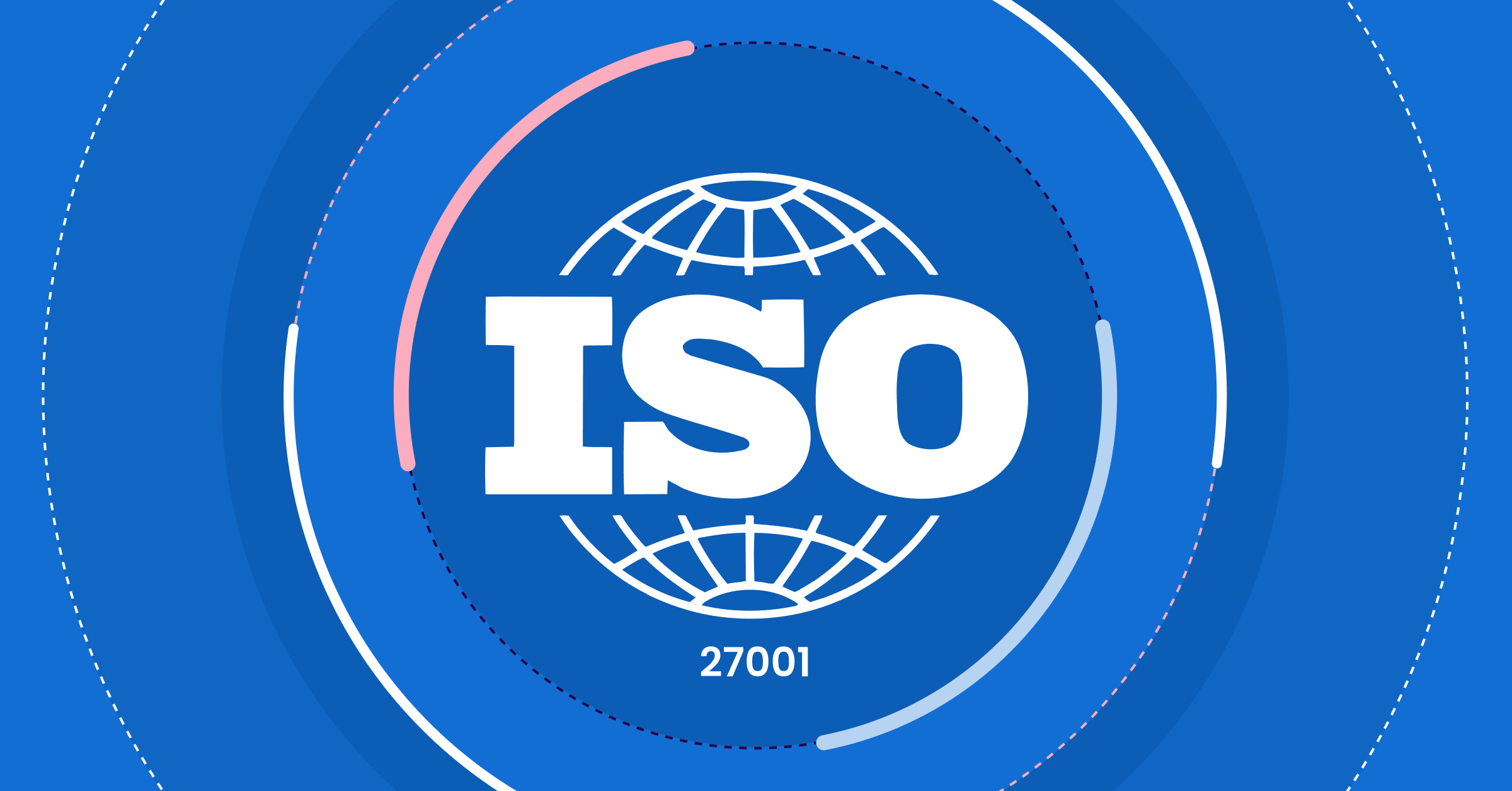The Importance of ISO 27001
ISO 27001 is the commonly recognized standard for information security management systems (ISMS), outlining the requirements an ISMS must meet. Security standards such as ISO 27001 are crucial for businesses as they offer a structured framework for managing and safeguarding sensitive information.
These standards establish a set of practices and controls that have proven to enhance information security when implemented and adhered to. Additionally, the requirement for senior management involvement and accountability ensures a strategic and financial commitment to achieving stronger security.
Achieving certification requires inspection and assessment by a third party, which instills confidence in customers and stakeholders regarding the company's ability to safeguard their data.
Challenges in Meeting Secure Coding Standards for ISO 27001 Compliance
Ensuring that the control requirements are met and that these controls operate effectively across all processes can be a significant challenge for companies, particularly for those developing software with ambitious business goals. These challenges can lead to friction between the product and engineering teams and the security and compliance teams.
Let's consider the ISO 27002 control, 8.28 Secure coding, the objective of which is “to ensure software is written securely thereby reducing the number of potential information security vulnerabilities in the software." Conforming to the requirements of this control manually can be a burden to the organization:
- “using secure programming techniques, such as peer review”
- “secure coding practices specific to the programming languages being used”
- “using structured programming techniques”
- “prohibiting the use of insecure design techniques”
- “conducting an analysis of the most common programming errors”
- “ensuring that software is maintainable”
- “tracking the usage of third-party libraries and source code for vulnerabilities”
While pair programming has proven benefits, peer-reviewing all code changes with the same level of detail and accuracy is difficult and resource-intensive. The need for additional resources when multiple languages are being used just exacerbates the problem. Manual peer review is a tax on developer productivity.
For teams working towards aggressive deadlines with overstuffed sprints, these important controls often become lower priorities. This leads to the deployment of code that may work well at the time but is difficult to maintain and contains exploitable vulnerabilities. When the auditor requests evidence of a consistent operation of security controls in the development process, a successful recertification is put at risk.
Implementing 8.28 Secure Coding with Sonar
Sonar’s integrated code quality and code security solutions analyze all code — whether its human-written, AI-generated, or third-party open source — resulting in more secure, reliable, and maintainable software. The SonarQube offering is available as self-managed (SonarQube Server) and cloud-based (SonarQube Cloud), and has a free IDE extension (SonarQube for IDE), to seamlessly integrate into your development and build processes, automatically enforcing ISO 27002 8.28 Secure Coding controls for all code branches and pull requests. Additionally, Sonar takes code security a step further with its add-on for SonarQube Enterprise, SonarQube Advanced Security. It extends SonarQube's powerful analysis to protect your entire software supply chain, with a particular focus on open source dependencies that’s achieved through two major capabilities: SCA and advanced SAST.
You will also benefit from broad coverage of other ISO 27002 controls such as 8.26 Application Security Requirements, 8.8 Management of technical vulnerabilities, and 8.29 Security Testing in Development and Testing. The impact on the developers is minimal and predictable, as all they need to do is correct the findings. Using the IDE-integrated SonarQube for IDE plugin shifts this process even further left, catching issues in real-time as they are coding. And, with static analysis rules for 30+ programming languages, it is easy to ensure the full development stack is covered.
Project managers will have access to consolidated statistics via rich reports and dashboards of findings and outstanding issues to ensure consistent measurement of quality and security across all products, departments, and teams. Quality and security gates can be fine-tuned to promote continuous improvement.
Sonar also simplifies the process of providing evidence of secure and high-quality code to auditors. All changes are tracked and reported through the enterprise reports. Continuous improvement can also be demonstrated to the auditor, evidencing the raising of the gate and the drop in the number of findings.
Furthermore, by continuously educating developers through 6,000+ static analysis rules, you can demonstrate that developers are adequately trained in accordance with ISO 27002 8.25, the Secure development life cycle that requires “application security knowledge and training.”
Ready to enhance your code security and streamline compliance? Integrate SonarQube Server, SonarQube Cloud, and SonarQube for IDE into your development workflow to automatically enforce ISO 27002 8.28 Secure Coding controls.
Start your journey towards robust, secure code and efficient compliance by requesting a demo or evaluating SonarQube Server or SonarQube Cloud today!

